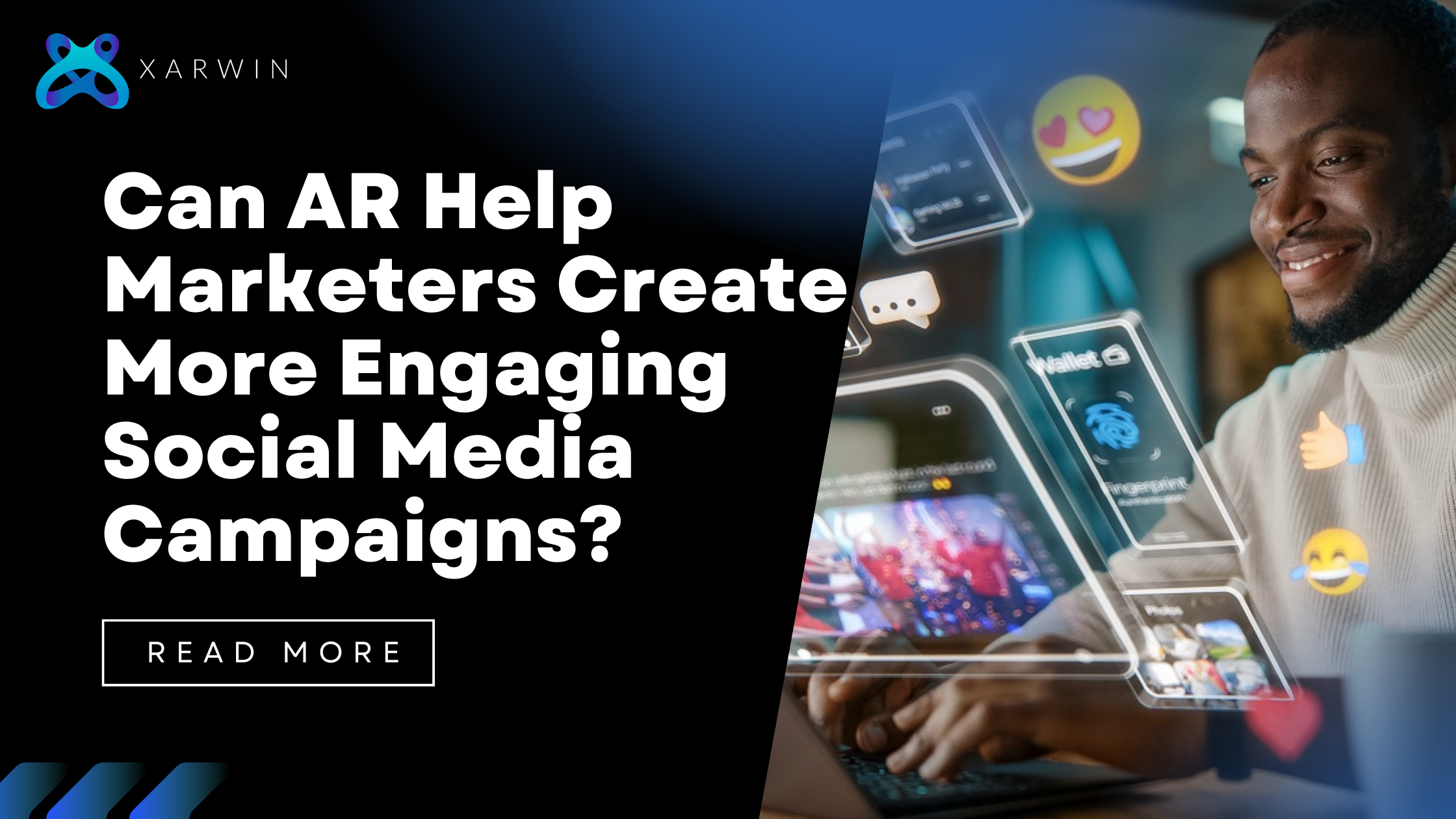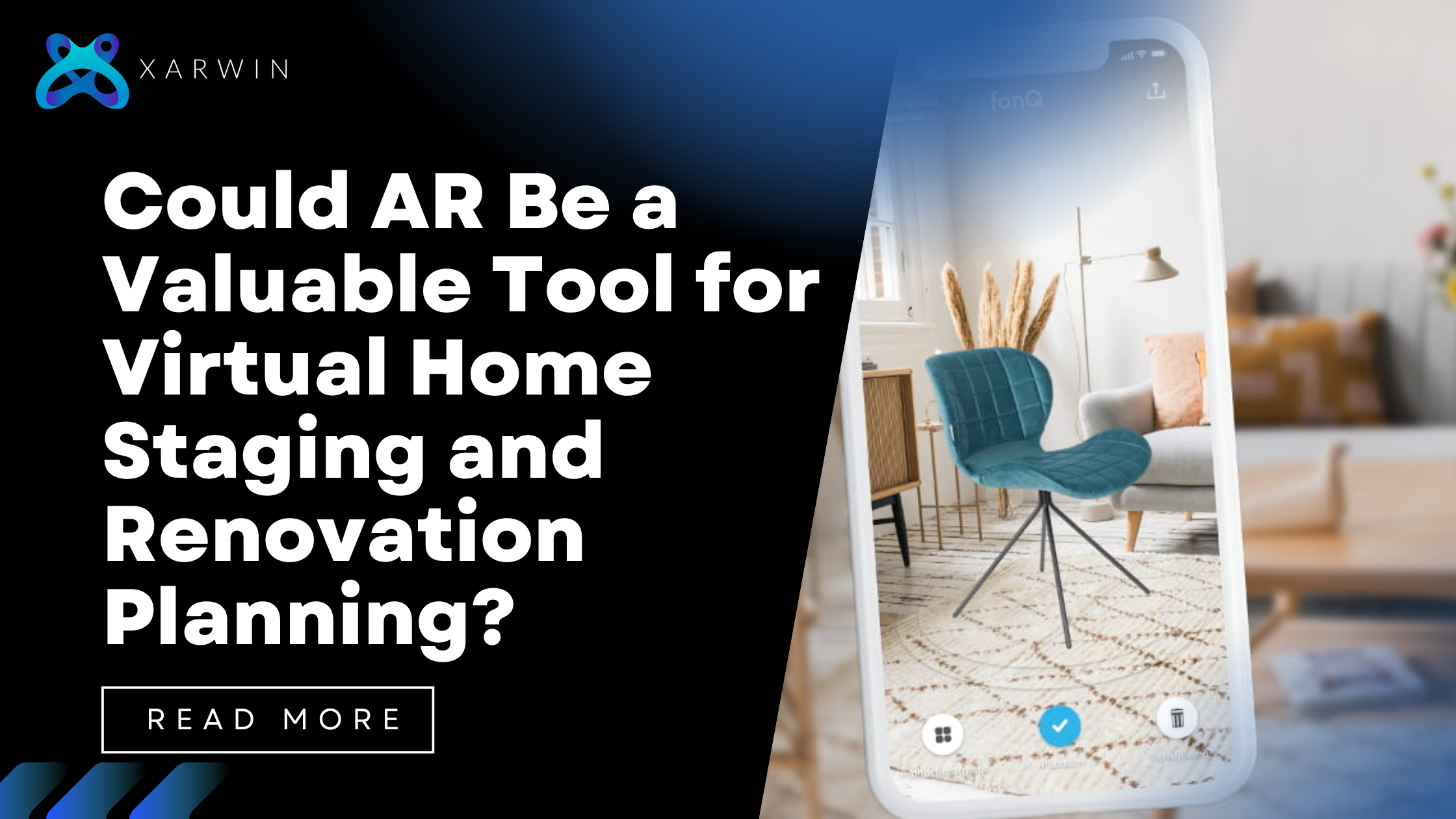Using augmented reality, a gap between the real and digital world is closed; opportunities are opened not only to watch but also to interact with static print ads. In this post, we will discuss the use of Xarwin’s AR in print ads to make them successful and the business opportunities that exist with implementing it.
Infusing new life into print
The drawback of traditional print ads is that they are static, thus limiting the value or extent to which one can engage with them. However, by using AR technology, some advertisers bring a new breath into print campaigns and transform them into interactive experiences that captivate audiences. For instance, a magazine ad can display a QR code inviting viewers to scan it with their smartphone to access exclusive content or participate in some sort of virtual experience tied to the promoted product or service.
Enhancing Engagement and Interactivity
Another key advantage achieved through the use of AR in print advertisement is actively involved clients and diverse interaction. In AR ads, consumers can interact with the ad’s content in real time, which makes one stay hooked and keep a lasting memory of the brand. AR allows users to enjoy 3D product models and experience unique interactive demonstrations, allowing them not just to use traditional products but involve themselves in the action or even play games. They stop being passive viewers, transforming themselves from eyeballs turned in all directions, trying to find a site overdriven with numerous extended advertisements, fly-overs, etc., observes them cease becoming simple spectators, changing their.
Live Feedback and Statistics
A great benefit of this is that AR-enabled print advertising allows for the collection of real-time data and analytics. By monitoring user actions, including the duration of interacting with the content and what they did after that, coupled with various demographic characteristics about customers’ profiles, advertisers receive important information about how effective their campaigns were. Such information can act as a basis for future advertisement plans, since businesses may use it to refine their strategies, targeted groups, messages that need to be passed across, and creative attributes.
Creating Memorable Brand Experiences
To become noticed is more complicated than ever in the contemporary world of advertising, which overflows with variety. The seeming bravado of the grandiose and polished pretence adopted by AR that is contrived to delight their spectators reveals an irony at work that suggests otherwise. Be it through gamified experiences, interactive storytelling, or immersive product demos, AR-enabled print ads can cut the clutter and capture audience attention levels that traditional advertisements cannot.
Driving Sales and Conversions
In the end, efficiency is determined by how successful your campaign has been in leading to sales and conversion rates. Even though AR has impacted the behaviour of shoppers positively, various researchers have found out that people buy after interacting with art content. Through a more enriched and customized shopping experience, through AR-enhanced print ads, businesses can attract consumer loyalty with returns, guaranteeing increased repeat purchases ultimately leading to record profits.
Case Study on Print and AR Advertising
Countless brands have already adopted AR technology in their print advertising with tremendous success. A good case in point is IKEA’s ‘IKEA Place’ app which allows users to see how their furniture will look if placed at home owing to the implementation of AR technology. The app enables consumers to scan the pages of the IKEA catalogue that have furniture items and digitally place these into their living spaces, allowing shoppers a more interactive experience.
Another instance is the AR experience Coca-Cola launched for its print campaign, where consumers were allowed to interact with virtual polar bears using their smartphones just by scanning specially marked cans. This interactive engagement not only entertained the consumers but also reinforced Coca-Cola’s brand message of fun and happiness.
Ideas for Building Successful AR-Integrated Print Advertisements
For businesses looking to leverage AR in their print advertising campaigns, here are some tips to maximize effectiveness:
- Keep it Simple: This ensures that users do not have bitter experiences as they use the AR experience, since some of them may be rather complicated, frustrating, and confusing.
- Provide Value: Provide value to consumers; examples of which include unrestricted content while others might come through discounts. Still, when we think about this, it would be interacting with brand advertising methods that better their overall experience.
- Integrate Seamlessly: Codex el tools del software Horse de Management est ensuite sincrner A R facilement intégré dans le concept visuel standard du in media print par exemple, en se dempritant avec l
- Promote Awareness: The directions that users need to follow to enjoy the AR experience can be shared via QR codes, instructions, or calls to action to encourage them.
- Track and Analyze: Measure the effectiveness of AR-powered print ads via user interaction, data collection, and analytics to improve future campaigns.
Conclusion
Augmented reality is revolutionizing the world of print advertising, offering advertisers new ways to engage and interact with consumers. By transforming static print ads into immersive experiences, AR captivates audiences, drives engagement, and ultimately drives sales and conversions. As technology continues to evolve, the possibilities for AR in print advertising are limitless, providing brands with innovative ways to connect with their target audience in meaningful and memorable ways. Embracing AR-enabled print advertising is not just about staying relevant; it’s about elevating the art of storytelling and creating experiences that leave a lasting impression on consumers.
As a trailblazer in augmented reality (AR), Xarwin combines innovation with a user-centric approach to redefine industry standards. Its team of expert engineers, designers, and strategists excels in crafting immersive AR experiences across various sectors. With each project, the company not only meets current demands but also shapes future trends, establishing itself as a leading force in the AR landscape.





